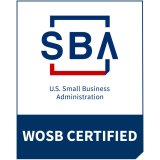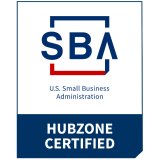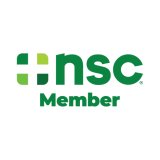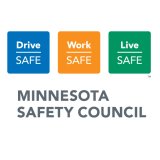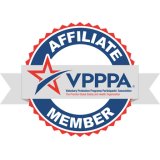Is it true that OSHA requirements do not apply to custom hearing protectors?
Although it is true that a well-made custom hearing protector typically performs better in the real world than pre-sized or one-size-fits-most formable earplugs, we can assure you there is no formal "exemption" policy from OSHA for custom products.
We know hearing protector attenuation is an important factor in the success of your hearing conservation program. That's why CavCom strongly recommends conducting individual fit testing to obtain Personal Attenuation Ratings (PARs), not relying solely on mathematical estimates of laboratory Noise Reduction Ratings (NRRs).
For further guidance on assessing the amount of hearing protection your workers are receiving, see these article from CavCom‘s SoundBytes newsletter:
NRR De-Rating Schemes are Outdated
Please contact us if you have questions or would like guidance on hearing protection attenuation and individual fit testing.
- How do CavCom's high-fidelity filters work and how are they different from traditional filters and vents?
- How often should custom earplugs or earsets be replaced?
- What is NRR or Noise Reduction Rating?
- What is the Personal Attenuation Rating (PAR)?
- Why do OSHA formulas require us to subtract 7 dB from the Noise Reduction Rating (NRR)?

